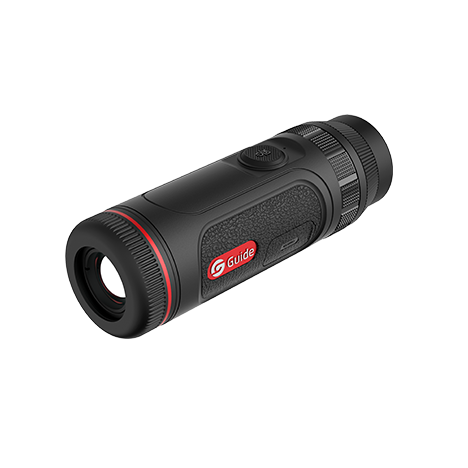
# Thermal Monocular: Advanced Night Vision Technology for Outdoor Enthusiasts
## Introduction to Thermal Monoculars
Thermal monoculars have revolutionized night vision technology, offering outdoor enthusiasts an unprecedented way to explore and observe in complete darkness. Unlike traditional night vision devices that rely on ambient light, thermal monoculars detect heat signatures, making them highly effective in total darkness, fog, or smoke.
## How Thermal Monoculars Work
Thermal monoculars operate by detecting infrared radiation emitted by all objects based on their temperature. The device converts this thermal energy into an electronic signal, which is then processed to create a visible image. This technology allows users to see heat signatures rather than visible light, providing a significant advantage in low-light or no-light conditions.
Key Features of Modern Thermal Monoculars
Today’s thermal monoculars come packed with advanced features that enhance their usability in the field:
- High-resolution thermal sensors for clear imaging
- Multiple color palettes for different environments
- Long detection ranges (often 1,000+ yards)
- Rugged, waterproof designs for outdoor use
- Built-in video recording and image capture
- Wireless connectivity for real-time sharing
## Applications for Outdoor Enthusiasts
Hunting and Wildlife Observation
Thermal monoculars have become essential tools for hunters, allowing them to spot game in complete darkness or dense foliage. Wildlife researchers also benefit from the ability to observe nocturnal animals without disturbing them with visible light.
Search and Rescue Operations
Emergency responders use thermal monoculars to locate missing persons in challenging conditions. The technology can detect human heat signatures through smoke, fog, or light vegetation, significantly improving search efficiency.
Camping and Outdoor Security
For campers and outdoor adventurers, thermal monoculars provide an extra layer of security by allowing them to scan their surroundings for potential threats or wildlife encounters during nighttime hours.
## Choosing the Right Thermal Monocular
When selecting a thermal monocular, consider these important factors:
- Resolution: Higher resolution provides clearer images
- Detection Range: Match the range to your intended use
- Refresh Rate: Higher rates (60Hz) offer smoother imaging
- Battery Life: Important for extended outdoor use
- Durability: Look for waterproof and shockproof models
Keyword: thermal monocular
## The Future of Thermal Imaging Technology
As thermal technology continues to advance, we can expect even more compact, affordable, and feature-rich thermal monoculars. Emerging developments include:
- Higher resolution sensors in smaller form factors
- Improved battery efficiency for longer operation
- Integration with augmented reality systems
- AI-powered object recognition and tracking
For outdoor enthusiasts who frequently operate in low-light conditions, investing in a quality thermal monocular can significantly enhance their experience and safety. These remarkable devices open up new possibilities for nighttime exploration and observation that were previously impossible.
